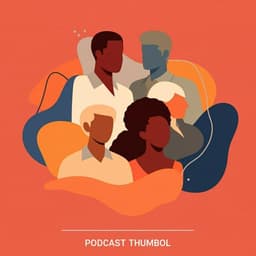
Social Work
Associations between women's retention in STEM or STEM-related fields and their spouses' occupations and majors
A. Shen
This fascinating study by Ao Shen explores how marital dynamics influence the retention of married women in STEM fields, revealing that the occupational similarities between spouses play a significant role. The presence of children also adds an intriguing twist to this correlation, showcasing the complexity of careers in the STEM sector.
Playback language: English
Related Publications
Explore these studies to deepen your understanding of the subject.







